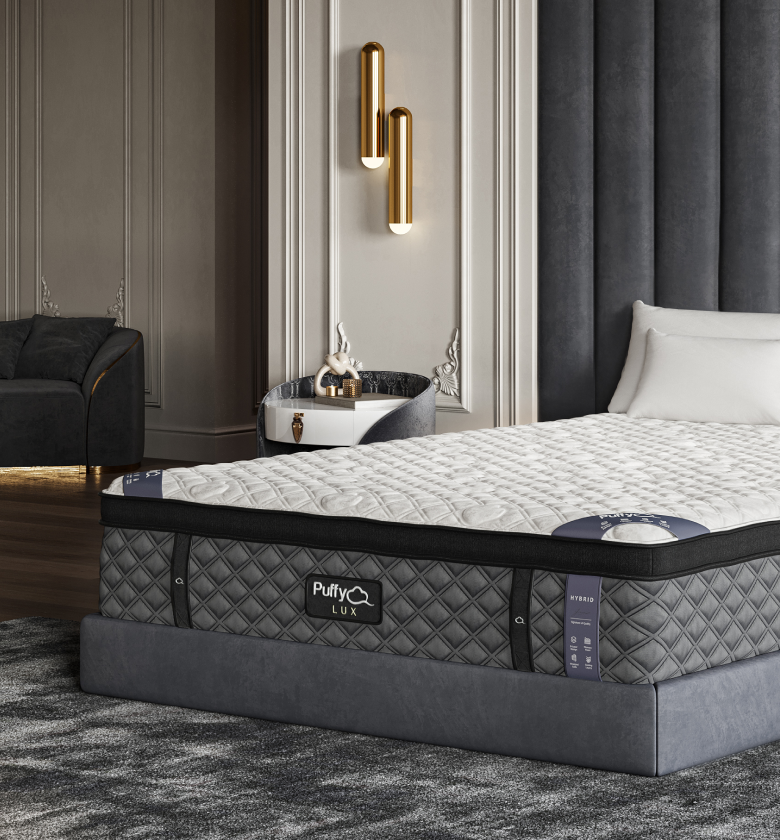A mattress is a significant investment in your sleep and overall health. However, over time, even the best mattresses begin to degrade. Understanding how to assess the age and condition of your mattress can help you decide when it’s time for a replacement or how you can extend its life.
How Old Is My Mattress?
Determining the age of your mattress can be straightforward if you know where to look.
Identifying Age:
- Check the Tag: Many mattresses have a tag with the manufacture date.
- Receipt or Warranty: Review your purchase documents or warranty card for the purchase date.
Signs of Aging:
- Sagging or Lumps: Indicate wear and tear.
- Increased Allergies: Can suggest an accumulation of dust mites and other allergens.
- Discomfort or Poor Sleep Quality: Often a sign that the mattress is no longer providing adequate support.
How Old Should a Mattress Be?
Understanding the typical lifespan of a mattress helps in planning for replacement.
Average Lifespan:
- Innerspring Mattresses: Usually last about 7-10 years.
- Memory Foam and Latex Mattresses: Can last up to 10-15 years.
Factors Affecting Lifespan:
- Usage: Frequency and manner of use.
- Maintenance: Regular cleaning and proper care.
- Quality of Materials: Higher quality materials tend to last longer.
Interested in how Puffy stacks up against other brands? Check out our mattress comparisons: Puffy vs Purple, Puffy vs Nectar, Puffy vs Casper, Puffy vs Leesa, Puffy vs Saatva, Puffy vs DreamCloud, and Puffy vs Tuft and Needle.
When Is a Mattress Too Old?
Recognizing when it’s time to replace your mattress is key for maintaining good sleep health.
Replacement Indicators:
- Persistent Discomfort: If you consistently wake up sore or stiff.
- Visible Wear and Tear: Includes sagging, tears, or broken springs.
- Noise: Squeaks or creaks can indicate internal damage.
While high-quality Puffy mattresses are designed for durability, they too have a lifespan that needs to be monitored for the best sleep experience.
Check out Puffy mattress reviews from real customers and see how we compare with other brands.
How to Reuse Old Mattress
Instead of throwing away an old mattress, consider these creative reuse options.
Repurposing Ideas:
- DIY Projects: Use components like springs and foam for crafting or home projects.
- Donation: If the mattress is still in good condition, donate it to shelters or charities.
- Recycling: Many mattress materials can be recycled, reducing environmental impact.
Repurposing Tips:
- Assess Condition: Ensure the mattress is clean and in a condition suitable for reuse.
- Safety First: When dismantling a mattress for DIY projects, wear protective gear and be cautious of sharp components.
Use our store locator to find the closest furniture or mattress store near you and feel the cloudlike comfort of our Puffy Mattress in person.
Conclusion
Knowing the age of your mattress and recognizing the signs that it’s time for a replacement are crucial for ensuring you get the best possible sleep. Regular maintenance can extend the life of your mattress, but eventually, even high-quality mattresses need to be replaced. When that time comes, consider environmentally friendly options like recycling or repurposing to minimize waste.

- Award-winning comfort.
- Lifetime warranty.
- 101-night sleep trial.
- Free shipping and returns.
- 100% made in USA.












